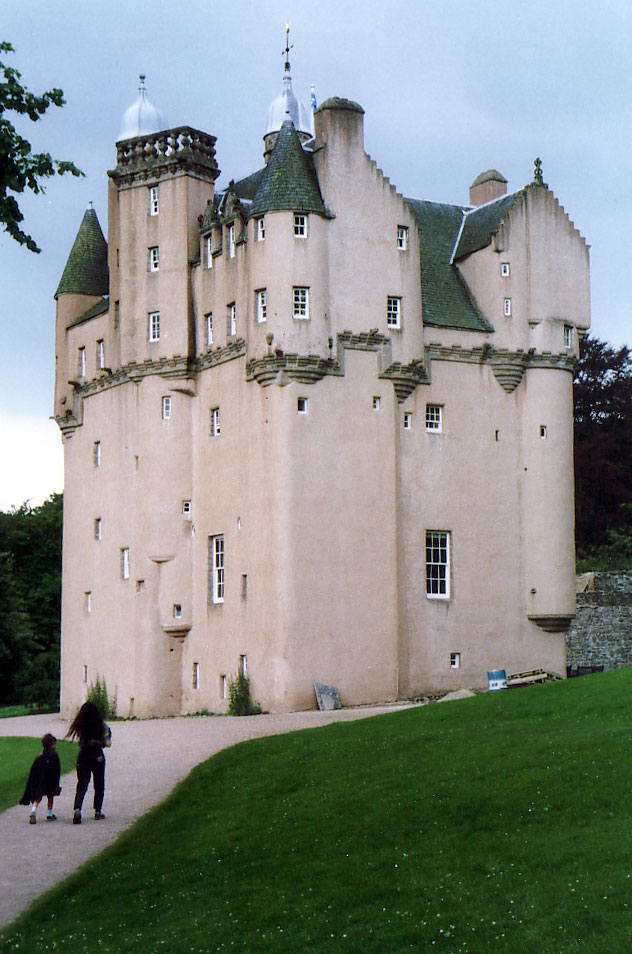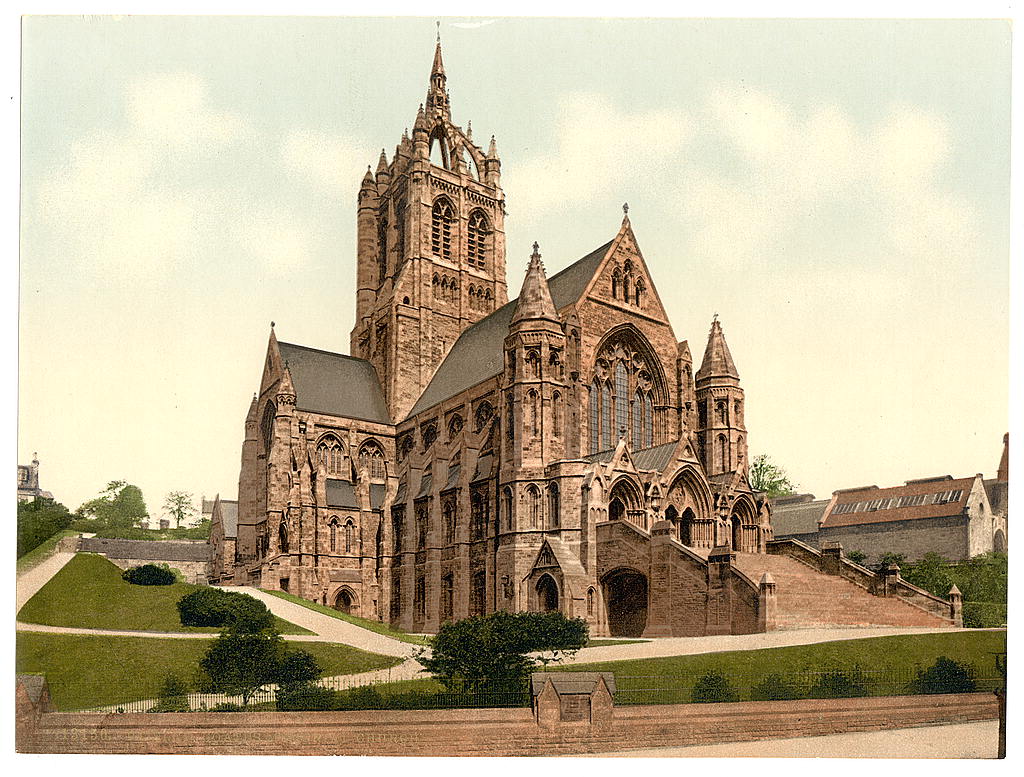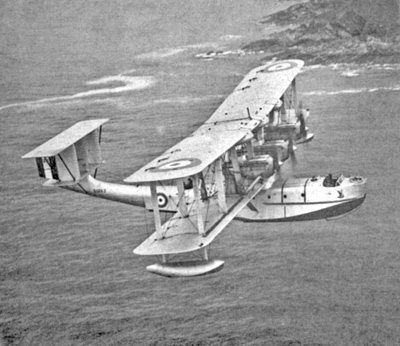|
Sempill (other)
Sempill or Semple may refer to: People *Francis Sempill (1616?–1682), Scottish writer, son of Robert the younger * James Sempill (1566–1626), Scottish courtier and diplomat * Hugh Sempill (1596–1654), Scottish mathematician * Robert Sempill (c.1530–1595), Scottish balladeer *Robert Sempill the younger Robert Sempill, the younger (1595?–1663?), Scottish poet, son of James Sempill, was educated at the University of Glasgow, having matriculated in March 1613. During the Civil War he fought for the Stuarts, and seems to have suffered heavy ... (1595?–1663?), Scottish writer, son of Robert * William Forbes-Sempill, 19th Lord Sempill (1893–1965), Scottish pioneering aviator and Japanese spy Other uses * Clan Sempill, a Lowland Scottish clan * Lord Sempill, a title in the Peerage of Scotland * Sempill Mission, a 1921 military mission to Japan {{disambiguation ... [...More Info...] [...Related Items...] OR: [Wikipedia] [Google] [Baidu] |
Clan Sempill
Clan Sempill is a Scottish clan of the Scottish Lowlands.Way, George and Squire, Romily. ''Collins Scottish Clan & Family Encyclopedia''. (Foreword by The Rt Hon. The Earl of Elgin KT, Convenor, The Standing Council of Scottish Chiefs). Published in 1994. Pages 318–319. History Origins of the Clan The name Sempill has been known in Renfrewshire since the twelfth century but its origins are obscure. The suggestions that it is a corruption of 'St Paul' seems unlikely. It also seems an unlikely suggestion that the first person of the name had a reputation for being simple or humble. In 1246 Robert de Sempill witnessed a charter to Paisley Abbey. Later as a chamberlain he also witnessed a charter of the Earl of Lennox. Wars of Scottish Independence During the Wars of Scottish Independence Robert de Sempill's two sons, Robert and Thomas, supported king Robert the Bruce and they were both rewarded for their services. The elder son received all of the lands around Largs in Ayrshi ... [...More Info...] [...Related Items...] OR: [Wikipedia] [Google] [Baidu] |
Renfrew
Renfrew (; sco, Renfrew; gd, Rinn Friù) is a town west of Glasgow in the west central Lowlands of Scotland. It is the historic county town of Renfrewshire. Called the "Cradle of the Royal Stewarts" for its early link with Scotland's former royal house, Renfrew gained royal burgh status in 1397. As the county town, Renfrew once was a centre of local government for the surrounding area. Whilst the county remained known as "Renfrewshire", the focus of local government gradually shifted from Renfrew to its larger neighbour Paisley. Following the reorganisation of 1996, Renfrewshire was divided for local government purposes into three modern council areas: Renfrewshire, with considerably smaller boundaries than the old county, including Renfrew and with its administrative centre at Paisley; Inverclyde with its centre at Greenock, covering the western part of the county; and East Renfrewshire, with its centre at Giffnock. The boundaries of the historic County of Renfrew remain ... [...More Info...] [...Related Items...] OR: [Wikipedia] [Google] [Baidu] |
Paisley, Renfrewshire
Paisley ( ; sco, Paisley, gd, Pàislig ) is a large town situated in the west central Lowlands of Scotland. Located north of the Gleniffer Braes, the town borders the city of Glasgow to the east, and straddles the banks of the White Cart Water, a tributary of the River Clyde. Paisley serves as the administrative centre for the Renfrewshire council area, and is the largest town in the historic county of the same name. It is often cited as "Scotland's largest town" and is the fifth largest settlement in the country, although it does not have city status. The town became prominent in the 12th century, with the establishment of Paisley Abbey, an important religious hub which formerly had control over other local churches. By the 19th century, Paisley was a centre of the weaving industry, giving its name to the Paisley shawl and the Paisley pattern. The town's associations with political radicalism were highlighted by its involvement in the Radical War of 1820, with striking ... [...More Info...] [...Related Items...] OR: [Wikipedia] [Google] [Baidu] |
Francis Sempill
Francis Sempill (c. 1616 – March 1682) was a Scottish poet, the son of Robert Sempill the younger. No details of his education are known. His fidelity to the Stuarts involved him in money difficulties, to meet which he alienated portions of his estates to his son. Before 1677 he was appointed sheriff-depute of Renfrewshire. He died at Paisley in March 1682. Sempill wrote many occasional pieces, and his fame as a wit was widespread. Among his most important works is the ''Banishment of Poverty'', which contains some biographical details. The Blythsome Wedding, long attributed to Francis Sempill, has been more recently asserted to be the work of Sir William Scott of Thirlestane. Sempill's claim to the authorship of the celebrated song "She raise and let me in", and of the ballad "Maggie Lauder", has been discussed at considerable length. It seems probable that he had some share in both. "Maggie Lauder" is still fairly well known in Scotland. It has been performed by The ... [...More Info...] [...Related Items...] OR: [Wikipedia] [Google] [Baidu] |
James Sempill
Sir James Sempill (1566–1626) was a Scottish courtier and diplomat. Early life James Sempill was the eldest son of John Sempill of Beltrees, and Mary Livingston, one of the "Four Marys", companions of Mary, Queen of Scots. Sempill was brought up with James VI under George Buchanan at Stirling Castle in the royal household supervised by Annabell Murray, Countess of Mar. He completed his education at the University of St. Andrews, and used the title "Mr." or Master on account of his degree. He was also known as "Beltrees" from his family estate. Sempill assisted James VI in the preparation of his ''Basilikon Doron''. He was on good terms with the Kirk minister Andrew Melville, and caused a furore by showing Melville the contents of ''Basilikon Doron'' in advance. Via James Melville the text reached the synod of Fife. Sempill later supported Andrew Melville in 1606 when he was committed to the Tower of London. Robert Boyd of Trochrig considered Sempill an enemy of the bishops. ... [...More Info...] [...Related Items...] OR: [Wikipedia] [Google] [Baidu] |
Hugh Sempill
Hugh Sempill (or Semple; in Latin Hugo Simpelius or Sempilius; between 1589 and 1596 – 1654) was a Scottish Jesuit mathematician and linguist. He describes himself in his work as ''Craigbaitaeus'', having inherited landholdings at Craigbait from his grandfather. Biography Born in 1589, he was the son of Robert Semple of Craigbait, Renfrewshire. He entered the Jesuit novitiate of the Province Toledo in 1615, and studied at the University of Alcalá. Sempill taught as professor of mathematics at the Colegio Imperial de Madrid (Imperial College of Madrid), which employed teachers from all over Europe and made courses in geometry, geography, hydrography, and horology. He also served as procurator of the Royal Scots College in Madrid (now located in Salamanca). During Sempill's tenure the college is thought to have acquired, perhaps at Sempill's behest, a collection of Jacobean and Caroline era stage plays in quarto editions, among them ''The Two Noble Kinsmen'' by Will ... [...More Info...] [...Related Items...] OR: [Wikipedia] [Google] [Baidu] |
Robert Sempill The Elder
Robert Sempill (the elder) (c. 1530–1595), in all probability a cadet of illegitimate birth of the noble house of Sempill or Semple, was a Scottish ballad-writer and satirist. Very little is known of Sempill's life. He was probably a soldier, and must have held some office at the Scottish court, as his name appears in the Lord Treasurer's books in February 1567 – 1568, and his writings show him to have had an intimate knowledge of court affairs. As a Protestant, he was a bitter opponent of Queen Mary and of the Catholic Church, authoring ballads supporting action against Queen Mary. Sempill was present at the siege of Leith (1559-1560) and at the siege of Edinburgh Castle, serving with the army of James Douglas, Earl of Morton. He was in Paris in 1572, but fled the country after the massacre of St Bartholomew. Three of his poems appear in the Bannatyne Manuscript. His chief works are: *''The Ballat maid vpoun Margret Fleming callit the Flemyng bark'' *''The defenc ... [...More Info...] [...Related Items...] OR: [Wikipedia] [Google] [Baidu] |
Robert Sempill The Younger
Robert Sempill, the younger (1595?–1663?), Scottish poet, son of James Sempill, was educated at the University of Glasgow, having matriculated in March 1613. During the Civil War he fought for the Stuarts, and seems to have suffered heavy pecuniary losses under the Commonwealth. He died between 1660 and 1669. He married Mary, daughter of Sir Thomas Lyon of Auldbar. His son, Francis Sempill, was also a writer. His reputation is based on the Scots ballad, "The Life and Death of Habbie Simpson, Piper of Kilbarchan", written c. 1640. It is an interesting picture of the times; and it gave fresh vogue to the popular six-lined stanza which was much used later by Allan Ramsay, Robert Fergusson and Robert Burns (see particularly, Burns's ''Poor Mailie's Elegy''). Two broadside copies were printed before 1700, and it appeared in James Watson's ''Collection of Poems'' (1706–1710). Sempill is supposed to be the author also of an epitaph on Sawney Briggs, nephew to Habbie Simp ... [...More Info...] [...Related Items...] OR: [Wikipedia] [Google] [Baidu] |
William Forbes-Sempill, 19th Lord Sempill
William Francis Forbes-Sempill, 19th Lord Sempill, , (24 September 1893 – 30 December 1965) was a Scottish peer and record-breaking air pioneer, who was later shown to have passed secret information to the Imperial Japanese military before the Second World War. Educated at Eton, he began his career as a pilot in the Royal Flying Corps, and then served in the Royal Naval Air Service and Royal Air Force during the First World War. In 1921, Sempill led an official military mission to Japan that showcased the latest British aircraft. In subsequent years, he continued to aid the Imperial Japanese Navy in developing its Navy Air Service. In the 1920s, Sempill began giving military secrets to the Japanese. Although his activities were uncovered by British Intelligence, Sempill was not prosecuted for spying, and was allowed to continue in public life. He was eventually forced to retire from the Royal Navy in 1941, after being discovered passing on secret material to Tokyo shortly b ... [...More Info...] [...Related Items...] OR: [Wikipedia] [Google] [Baidu] |
Lord Sempill
Lord Sempill (also variously rendered as Semple or Semphill) is a title in the Peerage of Scotland. It was created in circa 1489 for Sir John Sempill, founder of the collegiate Church of Lochwinnoch. Sempill was killed at the Battle of Flodden in 1513. His grandson, the third Lord, was known as "The Great Lord Sempill". His grandson, the fourth Lord, was Ambassador from King James VI of Scotland to Spain in 1596. The male line failed on the death of his great-grandson, the eighth Lord, in 1684. He was succeeded by his sister Anne, wife of Robert Abercromby, who in 1685 was created ''Lord Glassford'' for life. In 1688 she obtained a new charter settling the lordship of Sempill in default of male issue, upon her daughters without division by her then and any future husband. Her younger son, the twelfth Lord, commanded the left wing of the government army at the Battle of Culloden in 1746. His great-grandson, the fifteenth Lord, died unmarried in 1835 and was succeeded by his youn ... [...More Info...] [...Related Items...] OR: [Wikipedia] [Google] [Baidu] |



